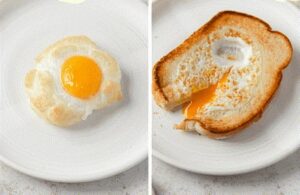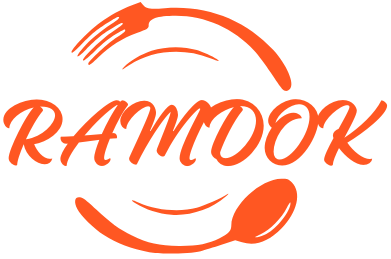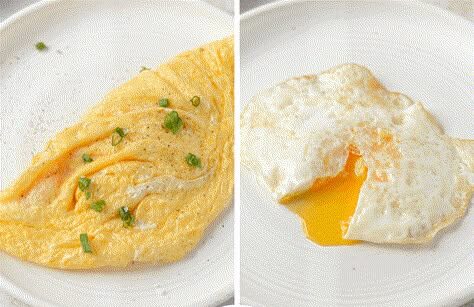Eggs. They’re humble, unassuming, and yet they hold a place of honor in kitchens around the globe. Whether you’re scrambling them for breakfast or folding them into a decadent soufflé, eggs are more than just food—they’re a foundation. Think about it: how many times have you stood over a pan, staring at an egg that’s gone wrong? Maybe the whites are rubbery, or the yolk broke before you could slide it onto your toast. If this sounds familiar, don’t worry—you’re not alone. But what if we told you that mastering the art of cooking eggs is within your reach? With a few simple techniques and a bit of practice, you can turn every egg dish into something extraordinary.
Why Mastering the Art of Cooking Eggs Matters
Let’s start with the basics: why should you care about perfecting your egg-cooking skills? For one, eggs are incredibly versatile. From savory frittatas to sweet custards, there’s no shortage of ways to use them. Beyond their culinary adaptability, they’re also packed with nutrients. A single large egg contains six grams of protein, along with essential vitamins like B12 and D. Plus, they’re budget-friendly—a carton of eggs costs far less than most proteins but delivers just as much satisfaction.
But here’s the real kicker: knowing how to cook eggs well gives you confidence. Imagine serving up perfectly poached eggs on avocado toast or whipping up a fluffy omelet for brunch guests. These small victories add up, making you feel like the kitchen wizard you were always meant to be. And let’s not forget—eggs are eaten by millions daily. In fact, global egg production reached over 70 million tons in recent years, proving their universal appeal.

Essential Tools and Ingredients for Cooking Eggs Like a Pro
Before diving into techniques, let’s talk tools. To truly master the art of cooking eggs, you’ll need the right equipment. Here’s a quick rundown:
- Non-stick skillet : This will save you from scraping burnt bits off the pan.
- Silicone spatula : Perfect for flipping without breaking delicate whites.
- Whisk : Essential for blending ingredients smoothly, especially when making scrambled eggs or custards.
- Timer : Timing is everything when it comes to boiling or poaching eggs.
Now, onto the star ingredient itself: the egg. Not all eggs are created equal, so choose wisely. Organic or free-range eggs often boast richer flavors and brighter yolks compared to conventional ones. If you’re unsure which type suits your needs, check out the comparison below:
Pro tip: Always store your eggs in their original carton inside the fridge. This protects them from absorbing odors and keeps them fresher longer.
Techniques Every Egg Enthusiast Should Know
Ready to roll up your sleeves? Let’s dive into the core techniques that’ll take your egg game to the next level.
How to Boil Eggs Perfectly
Boiling might seem straightforward, but getting it right requires precision. Follow these steps for flawless results:
- Place eggs in a pot and cover them with cold water.
- Bring the water to a boil, then reduce the heat to a simmer.
- Set a timer based on your desired doneness:
- Soft-boiled: 6 minutes
- Jammy yolk: 7–8 minutes
- Hard-boiled: 9–12 minutes
- Once done, plunge the eggs into ice water to stop the cooking process.
Peeling tip: Gently tap the wider end of the egg (where the air pocket is) to crack it open, then peel under running water for smoother results.

